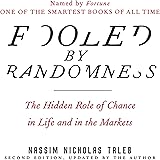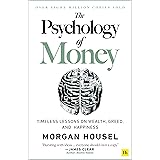There are many ways to invest money. Ultimately, the best place to invest your money depends on your personal goals and financial situation. But regardless of your specific situation, it is always wise to start investing as early as possible. That’s because the power of compounding interest can make your investments grow over time, even with a relatively small amount of money.
The modern practice of investing can be traced back to the 17th and 18th centuries, when people began accumulating savings and creating a market for their investments. Over the centuries, investment strategies have evolved, with innovations in finance, math and technology opening up new avenues for investors. These days, a range of options exist for investing, from safe choices like CDs and money market accounts to higher-risk picks such as stock index funds. The 21st century also introduced a new class of robo-advisors, which offer low-cost, automated investing services that can be tailored to individual investors’ needs.
A key to successful investing is a willingness to remain invested during challenging times. It’s tempting to jump ship when the market drops, but that can actually hurt your return potential. If you sell your investments during a downturn, you’ll be realizing an actual loss (the number on your dashboard will go down) while missing out on any future gains. In addition, investing during volatile periods gives you the opportunity to buy at lower prices and enjoy a better long-term return.
It’s also important to diversify your portfolio to reduce the risk of major losses and maximize your return potential. Many experts recommend holding a combination of stocks, stock-based ETFs and mutual funds as well as bonds and short-term fixed-income investments. If you’re saving for a child’s college education or retirement, you may want to consider moving some of your assets into fixed-income investments that provide steady returns and lower volatility.
Finally, it’s a good idea to review your investment goals regularly and make adjustments as needed. Especially if your financial priorities change, such as having children or getting closer to retirement age, you’ll need to shift some of your investments into higher-yielding alternatives. This may include re-diversifying into smaller-cap or value stocks, for example, or adding some emerging markets.
While many people believe that social security retirement benefits will be enough for their golden years, the truth is that a large part of your retirement income will come from your own investments. The earlier you start investing, the more you’ll have to support yourself during retirement. And if you continue to save throughout your life, you’ll have the additional benefit of an inflated dollar that will have more purchasing power than your cash in your wallet.









